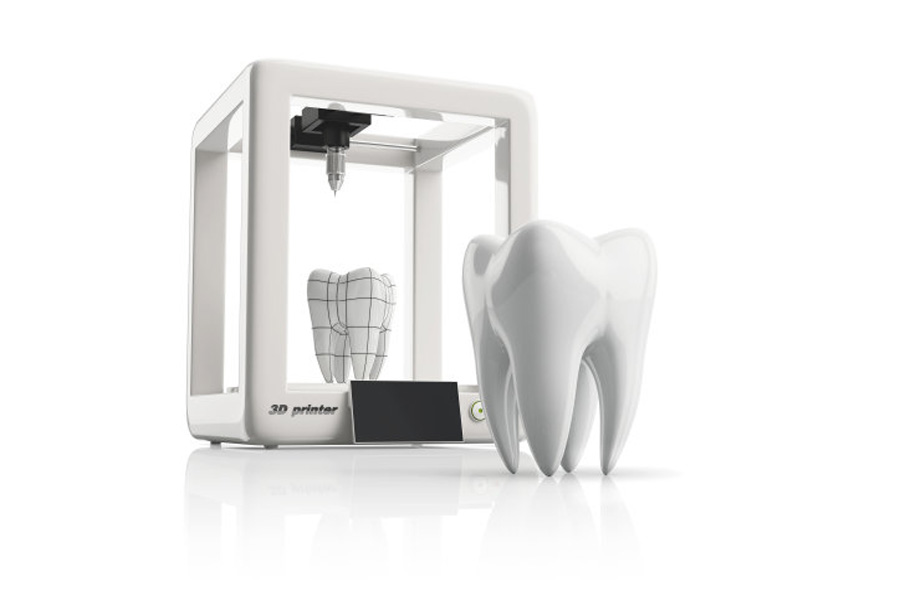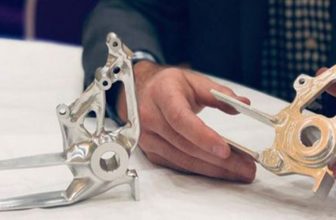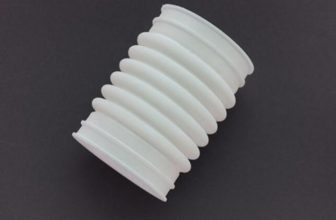
Ceramic is a kind of dental restoration material with high aesthetics. Because it does not contain a metal inner crown, the color permeability of ceramic dentures is better. It is the most similar dental crown restoration material with the appearance of natural teeth, and it will not cause discoloration of the gums.
In the current CAM milling of all-ceramic crowns (such as zirconia), ceramic parts are processed from prefabricated blanks in a pre-sintered state. Due to the low inherent strength of ceramics, the thin frame may be broken during milling, resulting in There are obvious differences between the designed and manufactured parts. For this reason, thin borders and edges usually require excessive contour design in these areas to prevent edge breakage during processing. However, this also leads to a lot of post-processing work in these areas. Ceramic 3D printing technology provides a new degree of design freedom for crown restoration, and is expected to overcome the technical limitations of standard ceramic crown processing.
From the perspective of the application value of 3D printing in the field of denture processing, the application of metal 3D printing technology in the manufacture of porcelain tooth metal crowns has achieved rapid development. Unlike other industrial fields where metal 3D printing equipment is used to manufacture high value-added products, the application of 3D printing of porcelain dental crowns has become a basic processing method in this field. Although the product performance and biocompatibility have been improved, it still cannot change the essence of porcelain dental products. In the long run, the application of 3D printing technology should focus on higher value-added products, such as the manufacture of pure titanium stents, implants, and personalized abutments through metal 3D printing technology. In addition, 3D printing technology based on light curing process is also expected to become a conventional method in the processing of ceramic denture restoration products that can meet higher aesthetic and performance requirements.
Dental manufacturer Bego has introduced a ceramic composite material for light-curing 3D printing, which can be used to make permanent single crowns, inlays, onlays, and veneers. Recently, Bego published the results of long-term stability studies of 3D printed ceramic crowns made from this material. Through the results of this study, we can get a preliminary understanding of the performance of 3D printed ceramic dentures.
Stability and durability research
Bego has carried out long-term stability studies on 3D printed dental crowns with ceramic filled hybrid materials. It aims to provide information about the long-term stability of cementation, debonding behavior, and the tendency of micro-leakage (formation of marginal gaps) under complex chewing under similar application conditions.
Materials and methods
The 3D printed ceramic composite dental crown of VarseoSmile Crown plus material is bonded to the ground Trinia* tooth stump. The elastic modulus of the material is 18.8 GPa, which is comparable to natural dentin. There is no sandblasting pretreatment on the inner surface. The research and design carried out by Bego is based on clinical use. Chewing simulations of 1.2 million chewing cycles (1.2 Hz) and 10,000 thermal cycles were carried out under a load of 50 N, and a step simulation [2] was carried out, each with 400,000 chewing cycles. Cycles and 10,000 thermal cycles (5°C / 55°C).
After the simulation was completed, the glued crown was removed from the stump, and the researchers measured the force required to complete the removal and analyzed the damage. The researchers used micro-computed tomography (µCT) to check the marginal gaps and used computer-based finite element analysis (FEA) to finally verify the validity of the results.
Results
The values of all BEGO VarseoSmile Crown plus 3D printed crowns determined are in a very high range, which indicates that the crowns have a long clinical retention time.
On average, the withdrawal force without chewing simulation is about 800 N, and after chewing simulation is about 1000 N. These high values were determined after the 50 N mastication simulation and the staircase mastication simulation, which indicates that the extraction force itself falls in a higher range, and even increases with the increase in wear time. From a clinical point of view, applying such a high force may cause tooth extraction due to bonding failure.
The resistance of the examined crown to fracture is greater than the physiological chewing force.
No debonding was detected during the entire test.
Neither the lifting of the coronal edge was observed, nor the erosion of the composite material from the edge gap. µCT showed that in any of the test conditions, the edge gap did not increase, the bonding area was not damaged, and the tire crown did not move due to mechanical load.
FEA analysis showed that there is no detectable or clinically relevant tension or deformation in the 3D printed crown edge area of VarseoSmile Crown plus material. This result guarantees a stable and long-lasting edge closure between the 3D printed crown and the stump.





